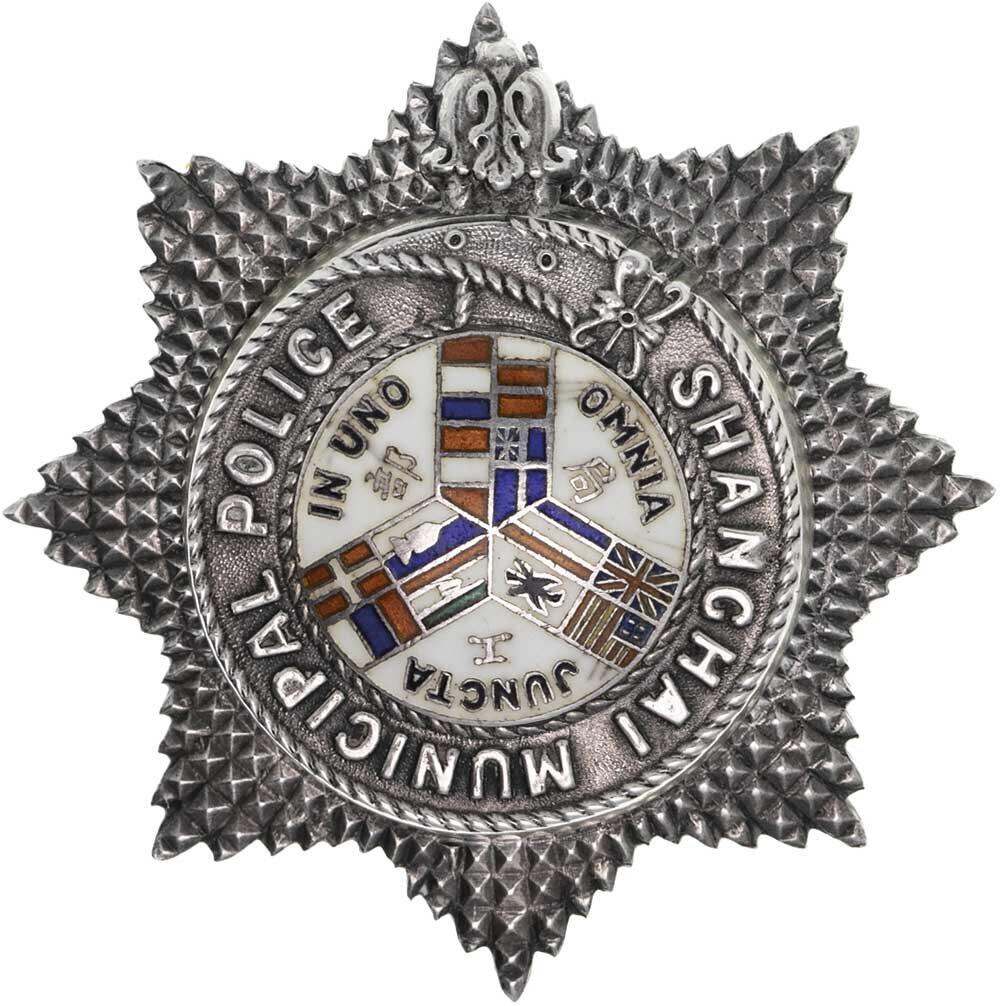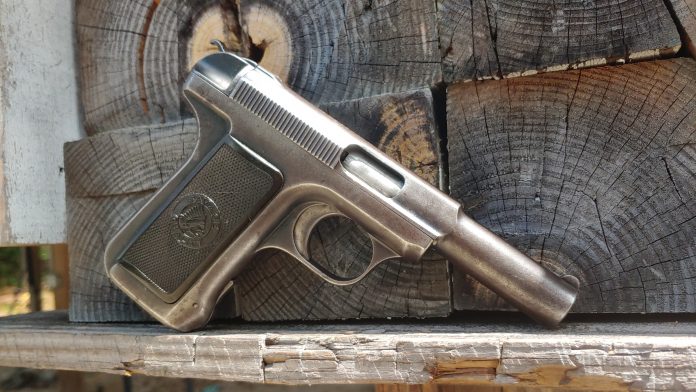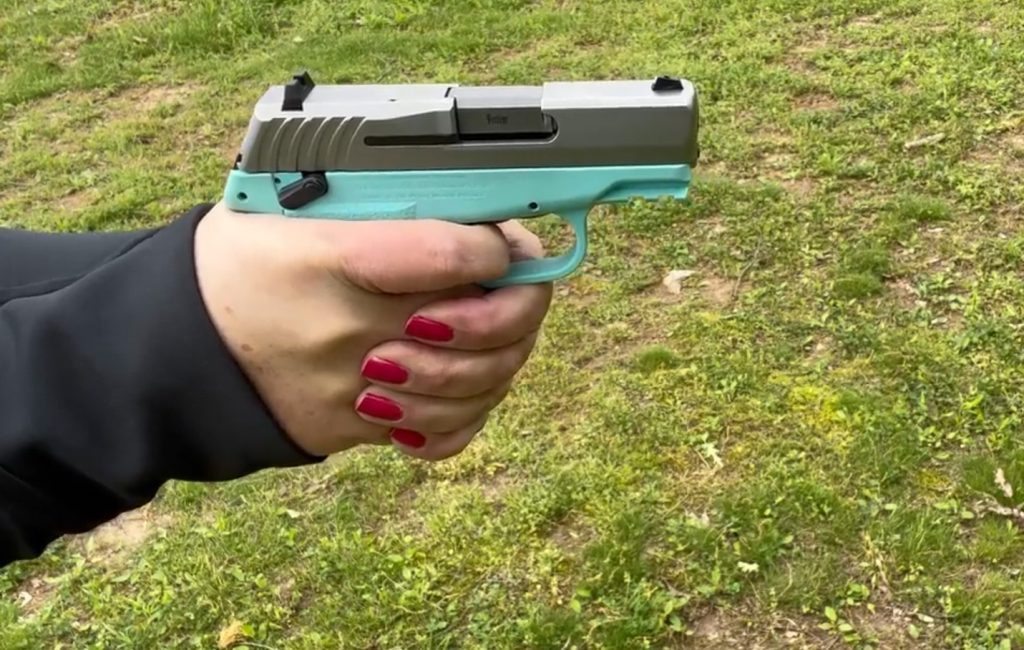
There are a wide variety of tactics and shooting techniques of the past that were completely valid for that period. They worked then, and while some may work now, as tactics, gear, and guns evolve, things change. Every so often, things do get stuck in the greater cultural zeitgeist. One of the things that has stuck around has been point shooting. Point shooting is a bit of a controversial tactic. Some advocate that’s the only defensive shooting you should do. Others seemingly understand its niche concept.
Today I want to address the folks who have the idea that point shooting is the end-all, be-all of defensive shooting. If I can’t reach those people, I can at least talk to others who might here them and persuade them to think differently. Let’s dig into point shooting.
The Reputable Origins Of Point Shooting
Point shooting as a tactic wasn’t always a niche tool for the box. During the days of Rex Applegate, William Fairbairn, and Eric Sykes, point shooting became the go-to tactic. The Shanghai Municipal Police were involved in hundreds of shootings, with officers often engaging drug and human smugglers, petty criminals, thieves, and organized crime in sporadic gunfights.

This is where the idea of point shooting first came to be and to be categorized as a defensive shooting technique. It started when Fairbairn began accompanying patrols, and over nine years, he observed how the men fought and how they shot their weapons. They were not using their sights in these urban gunfights. This led to the concept of point shooting being institutionalized into doctrine.
This concept is often where the point-shoot cultists point to as proof it works. Without a doubt, the Shanghai beat was a rough one. These men were engaged with a variety of violent personalities and in gunfights seemingly every other day. In a twelve-year period, there were 666 gunfights in one city, with 260 criminals killed alongside 42 police officers.

The Fairbairn tactics became part of his book, Shooting to Live, and spread to numerous Western military and police forces across the globe. While this is certainly evidence that the point-shooting method can work, it doesn’t tell the whole story.
The Guns Of Point Shooting
Gear and guns drive tactics and vice versa. When we talk about point shooting and the Shanghai Municipal Police, we also have to discuss the guns of the era. They used a variety of automatics, including the M1911 and M1903/08 series handguns. Have you ever seen the sights on these guns?
They are ultra-small. Hell, they are tough to see in bright daylight. Imagine being in a city at any time near sundown or sunrise and in the shadow. The men didn’t use their sights cause it was likely suicide to do so in a gunfight. Pausing and trying to find these ultra-small sights was taking to long in a fight.

Also, keep in mind this port city was incredibly dense, and everything was shoved together. It was claustrophobic. They were often shooting at incredibly close ranges as well. At this time period using reflexive shooting made a lot of sense.
Modern sights are massive, easy to see, and easy to engage with. Your basic three-dot sights are a hundred times better than the sights of the old Colts. These days the conversation has changed even more with red dot sights that allow for a target focus shooting style.
Does It Work?
Sure, at any range where you are so close to your threat, you can’t extend your arm point shooting works. Close retention or at the arm’s reach is about the limit to point shooting. Modern handgun sights allow you to get at least get the front sight on your threat. Point shooting has a place, and that place is those close-range, point-blank, seemingly no-miss situations.

Beyond that, use your sights, and use them as designed.



